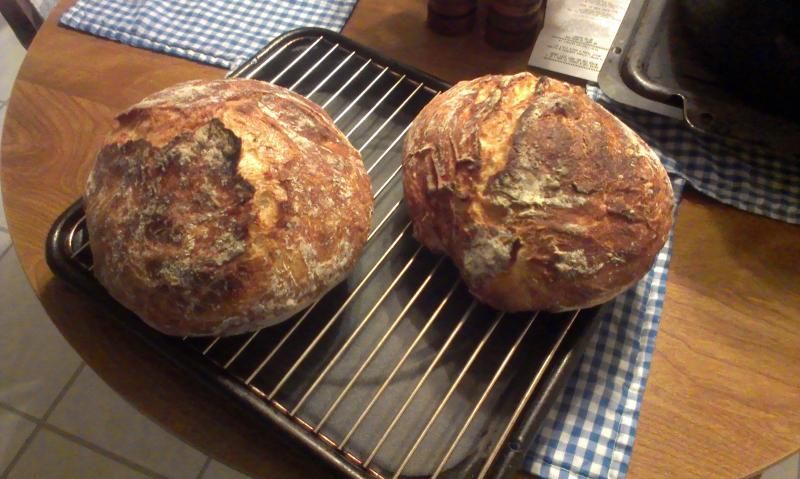I bought my Kitchen Aid in the 1960s!!! At that time it was still being manufactured by Hobart! Hobart knew how to make mixers, that's for sure. It got a good workout in the early 2000s when I tested (and re-tested) all the bread recipes for 2 award-winning bread cookbooks. I too have quite a few attachments but not the pasta pieces. A friend has the pasta set and likes it too.
I have a hand-crank pasta roller and enjoy using it. I bought the motor for it but it was so noisy that it disrupted the "zen" of rolling the pasta and I sent it on its way.
Rita
I have a hand-crank pasta roller and enjoy using it. I bought the motor for it but it was so noisy that it disrupted the "zen" of rolling the pasta and I sent it on its way.
Rita








